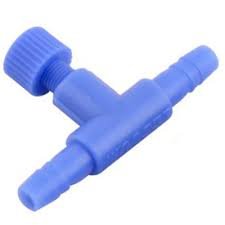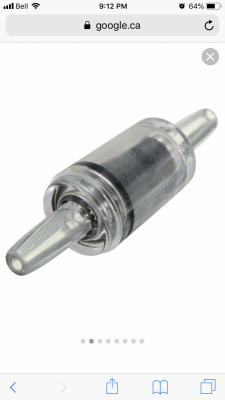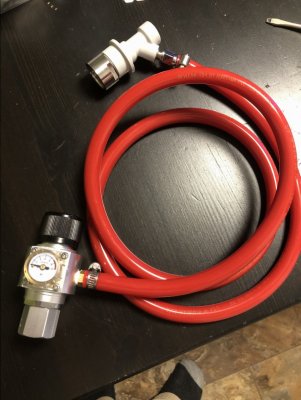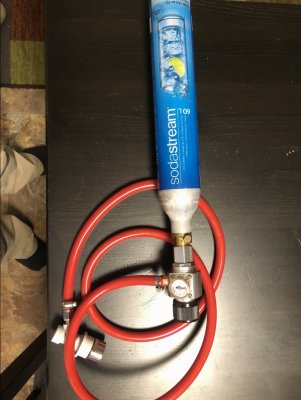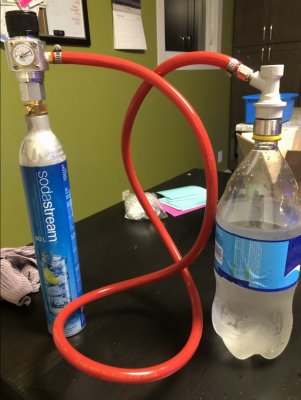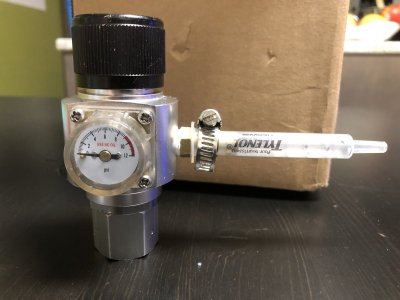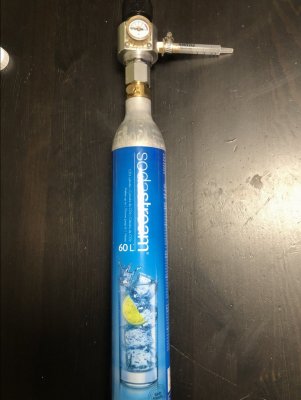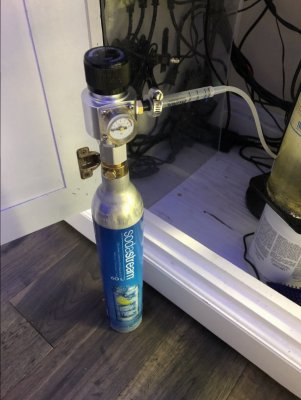Interesting. Sounds like you live in the middle of nowhere! I have always wanted to have an alk circ system. Imagine one large calcium reactor with a circulation loop. The calcium reactor is controlled to
Maintain and exact pH. Then for each system you have, you just figure out the drip rate needed to maintain alk. For people with a lot of systems this would be great.
This is a cool idea. I'm curious though on how well it would work with different drip rates for each system. You'd almost need an effluent manifold and then each system would be fed from that. What would be the reason for doing this versus just having a common sump where there in only need for one effluent rate?





